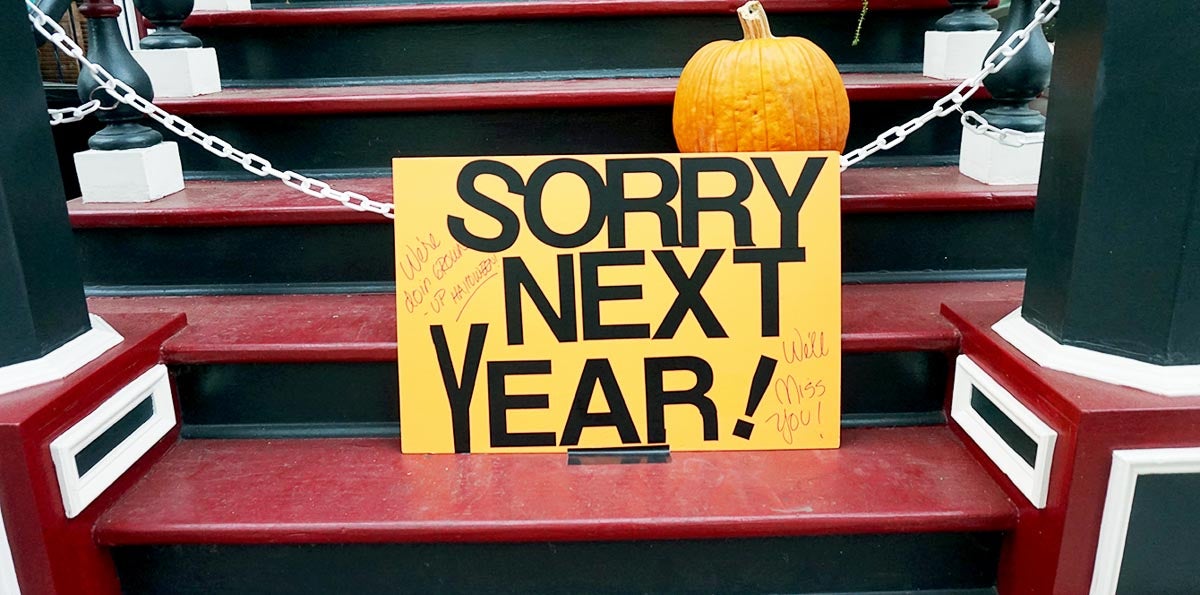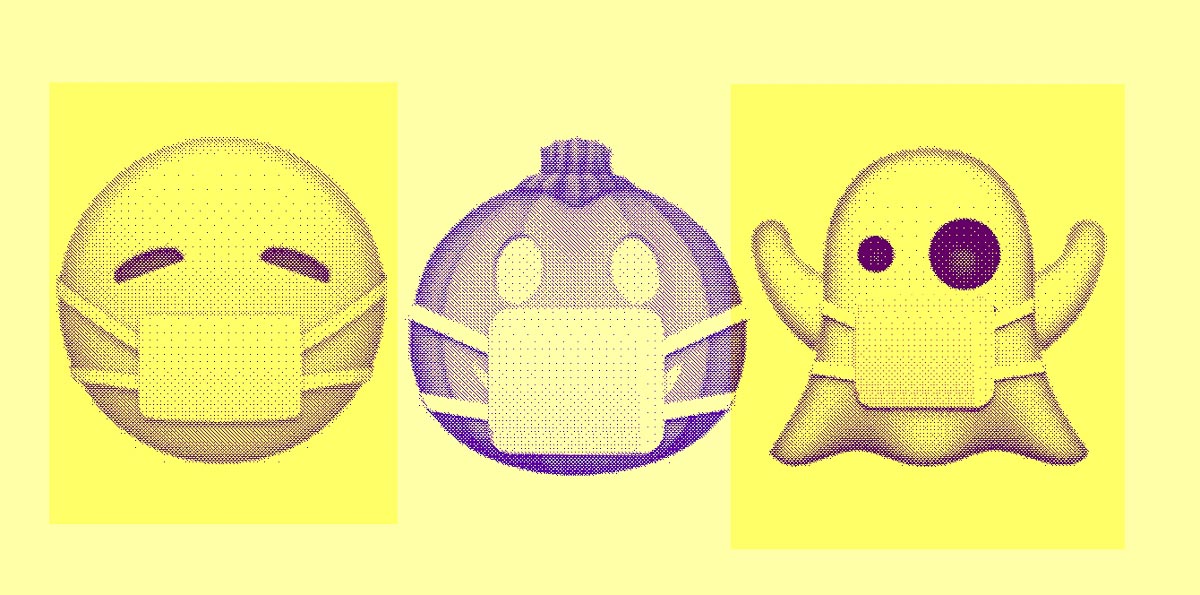At least 35 new coronavirus deaths and 6,594 new cases were reported in Texas on Oct. 26, the New York Times reported Tuesday morning. In the past week, there have been an average of 6,144 cases a day, which is a 43% increase from the average two weeks ago.
The state is approaching 917,000 cases and 18,100 deaths since the pandemic began, according to the Times’ database. That tally is slightly higher — though no more devastating — than the 898,302 cases and 17,978 deaths the Johns Hopkins Coronavirus Resource Center is reporting for the state.
According to Johns Hopkins, there have been more than 220,500 COVID-19 cases and 3,709 deaths in the Houston region, so far.
On Monday morning, Harris County Public Health Executive Director Dr. Umair Shah said a “third wave” of cases are now hitting Houston. Later the day, Mayor Sylvester Turner said the city was heading in the wrong direction in terms of COVID-19, citing an increase in the positivity rate, which was up to 6.5%.
What does all of this mean for Halloween? Do we cancel plans to celebrate? To help answer those questions, public health experts Pamela M. Aaltonen and Meg Sorg of Purdue University offered some tips and guidelines on how to safely handle Halloween this year.
Their first suggestion is to assess the level of coronavirus risk by county using this color-coded map from the Harvard Global Health Institute. Just hoover your mouse over the county in question to get information on the current level of COVID-19 risk for the area. Based on the color of risk (red, orange, yellow or green), you’ll get suggestions on how to safely celebrate Halloween where you live — or approximately live.
Here are the risk levels (by color) of the nine counties in the Houston metropolitan area, along with a few recommendations for “safe” activities, given the risk:
Green
What that means: Less than one daily new case per 100,000 people
Liberty County (0.5 daily new cases per 100,000)
Recommended activities include:
Trick or treat: In green counties, it's safe to trick or treat, but be sure to stick to these guidelines:
- Stay home if sick
- Trick or treat with people you live with
- Stay 6 feet apart from people not in your household
- Wear a face mask that covers both your mouth and nose
- Use hand sanitizer
Safety tips for homeowners giving out candy:
- Don’t hand out candy if sick
- Wear a mask
- Mark 6-foot distances outside your home with tape
- Wash hands often
Garage trick or treat: Instead of having trick or treaters approach the front door, make use of driveways, which provide more room for kids, by handing out candy from your garage.
Trunk-r-treat: Neighbors can park their cars at the end of a driveway and hand out treats from the open trunk.
Yellow
What that means: More than 1 but less than 10 daily new cases per 100,000 people
Brazoria County (8.1), Fort Bend County (4.8), Montgomery County (8.2), Galveston County (8.1), Waller County (3.6) and Austin County (2.4)
Recommended activities include:
Trick or treat: Trick or treat as usual, but be sure to only visit neighbors who have COVID-19 safety measures in place.
Yeet the treats: From a safe 6 feet away, neighbors throw candy at costumed kids walking up and down the sidewalk.
Boo bags: An alternative to traditional trick or treating: fill a boo bag with treats and anonymously leave on a neighbor’s doorstep.
Orange
What that means: More than 10 but less than 25 daily new cases per 100,000 people
Harris County (10) and Chambers County (16.9)
Recommended activities include:
Trick or treat in reverse: Instead of having the kids go to the candy, bring the candy to them. Neighbors walk or drive by and deliver candy to stationary trick-or-treaters.
Trick or treat drive by: Drive trick-or-treaters over to the homes of friends and family, honk or text and they’ll bring candy out to the kids.
Red
What that means: More than 25 daily new cases per 100,000 people
No counties in the Houston region are listed as having a red-level risk.

Here are some other suggestions Aaltonen and Sorg shared in a story that originally appeared on The Conversation:
How risky is your neighborhood?
How much you and your kids should do depends on the risk of infection in your area. In some communities, you may want to skip trick-or-treating altogether. In others, you might set a time limit. Some neighborhoods may send kids out in shifts. One option is “reverse” trick-or-treating, with the children in their yards while adults toss candy from cars, parade-style. Obviously, this is best done where neighbors are good at organization and families know one another.
If you do trick-or-treating the traditional way, maintaining social distancing between families is a must. All children living in the same house should stay together. Use hand sanitizer between house visits, and make sure you and your kids are wearing appropriate facial coverings. Don’t rely on a Halloween mask to provide adequate protection; instead, incorporate the child’s existing cloth mask into the costume itself. The CDC recommends face masks for children over age 2 when they’re out in public.
Arriving home, put the treat bag in quarantine for three to four days to allow time for any virus particles to die. Make sure everyone washes their hands. Have a pre-made “treat bag” available so the kids can enjoy something that night while waiting for their booty to be virus-free.
As for trick-or-treaters coming to your house, turn on your porch light to welcome them only if everyone in your family is symptom-free and low-risk. Be creative in distributing the candy; an Ohio man created a candy chute to deliver contact-free goodies. Keep your mask on and wear gloves. You can toss treat bags to the kids or drop the candy at a designated “Place Bucket Here” zone rather than letting them grab from a large pile. Mark off socially distanced areas for children and chaperones to wait.
Skipping trick-or-treating
If you’re not taking your children door to door, you can still celebrate at home. Age-appropriate Halloween movies, read-alongs with Halloween books, a scavenger hunt for treats hidden around the house or a create-your-own-costume party are all ways to engage. A virtual Halloween party where children and their friends dress up and celebrate via videoconferencing lets kids show off costumes without risking exposure.
Older kids and teens may opt out of trick-or-treating this year. But they can enjoy virtual karaoke parties or scary movie nights. They can use culinary and creative skills to construct spooky treats, like meatball eyes, hot dogs carved like severed fingers and skeletons assembled out of relishes. And, of course, there’s the traditional activity: carving and decorating pumpkins.
Whatever your family does this Halloween, don’t forget the basics of personal protection. Masks should fit well and be worn over the mouth and nose, even when outside if there is potential for contact with others. Avoid confined spaces. Keep a social distance of at least six feet between your family and others. Regularly clean frequently touched objects.
COVID-19 is scary — and dangerous. But you can still have a Halloween that’s fun, healthy and safe if you follow the guidelines.

